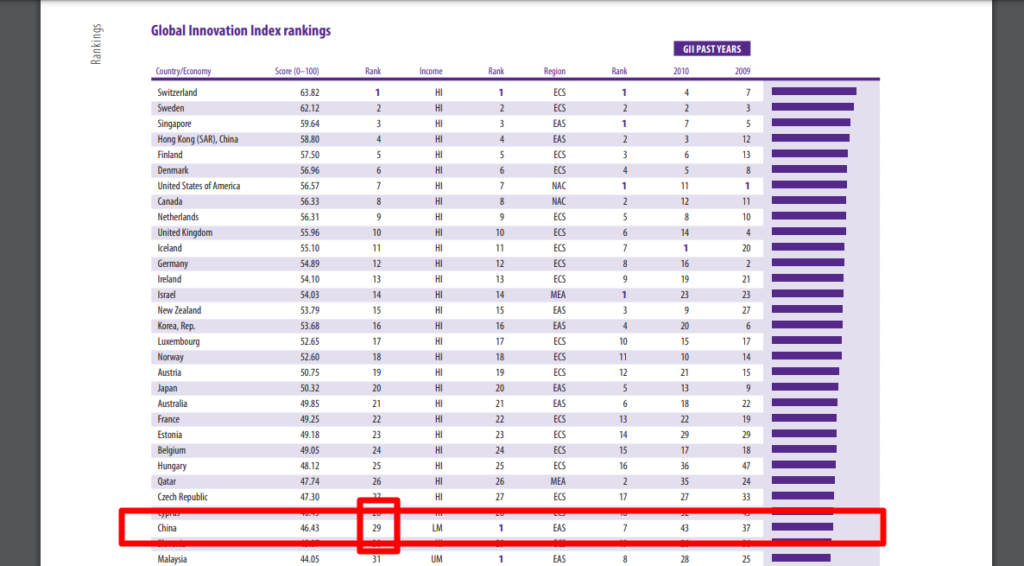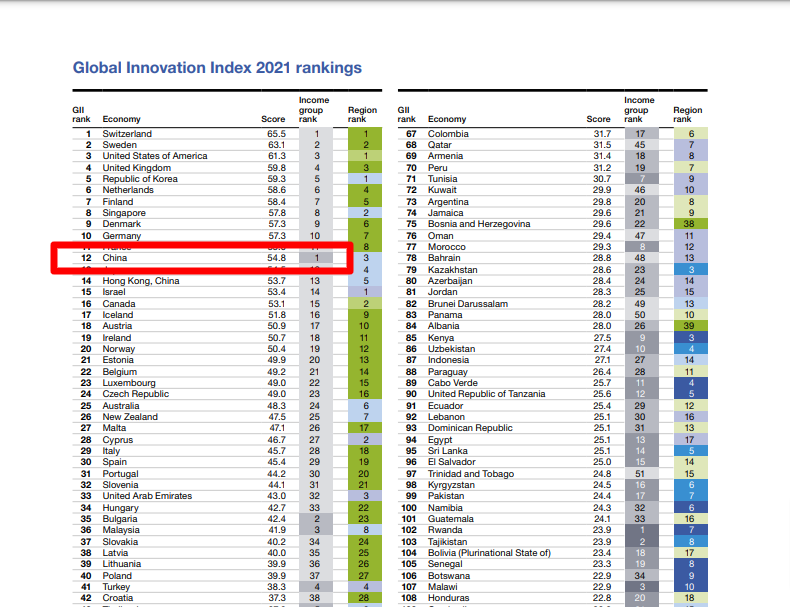China’s crackdown on tech companies hasn’t really surprised anyone who knows China. However, the extent to which the Chinese authorities went has raised new questions without really answering the older ones.
In this post, we look at the backdrop to sense where the China clampdown on what were almost untouchable giants began. We look at some data and hypothesize what led to China taking what sounded like a drastic step.
Beijing’s stock exchange and Jack Ma
A US president once said that when China is thirsty, it will play the guitar.
In China, nothing happens by chance. And most people, including most insiders, can never put two and two together in China because things are never what they seem to be. Because of its famous opacity, China makes it nearly impossible for others to connect the dots, except, perhaps in retrospect.
China’s regulatory crackdown on tech companies is no different. There are multiple angles to it. Take at a look at these two events:
- Last year, Alibaba’s mammoth IPO was called off at the last moment. And the founder Jack Ma was suddenly out of sight, if not outright missing, for a long time.
- Almost on the heels of this, a new stock exchange was flagged off in Beijing, where trading began on 15 November, 2021.
Are these two events related?
Yes, if you go by some observers who understand the Chinese game a tad more than others.
Here’s three reasons why:
Show ’em who’s the boss
China’s Xi Jinping wanted to show he’s really the boss after all, no matter how much clout Alibaba’s Jack Ma was gathering.
For instance, Ma, in 2015 had had the network strength with which he was able to make a regulator withdraw a report that didn’t speak of Alibaba very highly. Today, Ma is almost out of the limelight.
Tell them we’re business-friendly
China’s is a unique model of socialism-cum-capitalism. After cutting Alibaba down to size, Jinping’s China began to look like a dragon that gobbled businesses.
The stock exchange was China’s way of saying, “Hey businesses, we love you! Don’t fear us! We’re business-friendly!”
We’re realigning goals
China’s current tech superheroes of today are all B2C companies. As famously observed by Jude Blanchette of the thinktank Center for Strategic and International Studies ”Xi doesn’t care whether people can have their meals delivered 14% faster or if it is 7% easier to hail a car… he’s more than happy to see capital steered away from those sectors and towards areas that he views as providing the foundation for China’s future.”
The current crackdown is a serious realignment of China’s goals, back to chips and semiconductors and all that stuff.
China is changing course
The following graph shows how China compares with some of the countries when it comes to spending on R&D.

As a percentage of their individual GDPs, here’s where some of the countries stood in 2020:
| Country | % of GDP spent on R&D |
| Israel | 4.93% |
| South Korea | 4.64% |
| USA | 3.06% |
| OECD countries | 2.47% |
| China | 2.23% |
If you observed that Israel’s spending percentages are well over twice that of China’s you’re correct.
But you would have also observed that China’s increase in spending has been one of the fastest among the countries highlighted above. In just two decades (2000 to 2020), China’s spending on R&D has jumped from 0.89% to 2.23% – a two-and-half-fold rise.
Question: What does all this have to do with China’s recent clampdown?
Answer: China is realigning its resources and redefining the priorities.
The Chinese government perhaps believes, and rightly so, that the global dominance that it dreams of cannot come through Baidu, Tencent, Alibaba or ByteDance alone. You’ll need something stronger.
And, as is usual with China, there’s more.
China on Global Innovation Index
The World Intellectual Property Organization (WIPO) puts together a complex set of data to rank where countries stand in terms of innovation globally. Here’s where China stood in 2011: ranked 29, behind countries like Qatar and Czech Republic which aren’t exactly techno-giants.

And now look at China, standing at rank 12 in 2021, exactly 10 years later.

While it’s not quite the same as being #1, the rise is so impressive it’d look like China jumped queues.
Once you combine this ranking and the OECD graph on R&D spending above, a clearer picture begins to emerge: China is not content with growing online retailers, cab-hailing services, or microblogging giants.
Behind that also lies how some Chinese tech giants may have exploited data privacy loopholes, while the Chinse government looked the other way.
Data privacy violations in China
Here are four of the examples The Wall Street Journal cites to show data privacy violations in China that are a routine matter for tech giants.
- Urban residential areas equipped with cameras with facial-recognition abilities: Tenants and visitors have complained against this
- Video-streaming services openly tracking and exposing watch histories of users.
- Extreme surveillance in areas like Xinjiang that have prisons and internment camps. You’d need facial scans even for basic activities like re-fuelling your car.
- The police looking over your shoulder to check if you’ve installed certain apps. Schools and authorities are pushing such measures to ensure full coverage of vaccination drives.
China’s 2021 strategy document
China’s regulatory crackdown has so many wide-ranging repercussions that it cannot be boiled down to one or two simple causes. And neither are the actions sudden knee-jerk reactions; they are a part of a very strategy only a parts of which are visible to people outside China.
One of the underpinnings of China’s regulatory crackdown may have its roots in the strategy presented in 2021.
Xinhua News Agency (AKA New China News Agency), which is China’s official state press agency, reports a 10-point plan of the strategy document.
- Construct rules: To study and implement rule of law of government
- Promote the role of the government: Improve the functional system of government agencies
- Speed up standardization: Improve the administrative system
- Raise credibility: Improve decision-making system for better credibility
- Sharpen enforcement: Improve law enforcement and promote strict, standardized law enforcement
- Tackle exceptions: Improve the emergency response system in accordance with the law
- Prevent conflict: Offer mediation resolution system and promote social fairness and justice
- Stress on transparency: Improve supervision and promote transparency of administrative machinery and processes
- Improve technological security: Further system under the rule of law, and comprehensively build a digital government
- Reinforce leadership: Strengthen party leadership and improve the promotion mechanism
Summary of China’s regulatory crackdown on tech companies
Why was the Ant IPO called off?
Most people forget the fact that Ant, had it been listed as planned, would have been considered a banking and financial company, and not a tech czar. And banking companies have, traditionally, never been glitzy, glamorous performers on the bourse the way tech companies have been.
The listing could have actually weakened the perception people and investors would have had about Ant.
Why is there a sudden crackdown on tech companies?
Home-grown tech companies in China have had a tacit, unspoken support from the Chinese government. While they grew into near monopolies, the communist government looked the other way.
Today, now that these companies are sitting on the top of tons of personal data, the Chinese government is ready to crack the whip and get access to the personal data. You don’t need to be told what a goldmine this data is for the authoritative, almost dictatorial government form of China.
Put simply, companies only owe this data to the government, as a thank you for allowing them unbridled growth. It’s as if the masters think it’s “payback” time, as Sandipan Deb wrote in LiveMint.
Featured image courtesy: Photo by Wei Zong Lao on Unsplash
